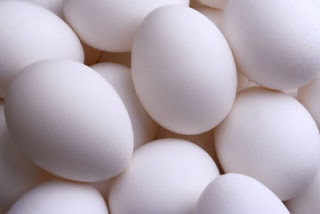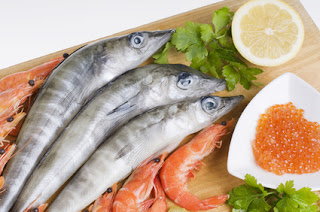If pure lack of motivation is your problem here are a few ways to make sure you get off the couch and on the treadmill:
1-Have specific and achievable goals, such as "reduce my thighs by 4 cm"
2-Organise a friend to go with you
3-Aim for an event such as a friend's wedding or family holiday
4-Work out to music that gets you pumped up
5-Reward yourself when you achieve a goal
Most people fail at their fitness goals because they're waiting for something spectacular to happen. Losing weight isn't always a spectacular process...in fact, it isn't even a linear process sometimes. What you may find is that you lose a little, gain a little and repeat the process again and again.
There are no shortcuts to weight loss so, even if you're frustrated that your body hasn't changed, don't give up. If you're burning more calories than you eat, your body is changing, even if it's slower than you'd like. Make sure your goals are realistic and, most importantly, that you give your body the time it needs to respond to what you're doing. It can be weeks, often months before changes start to show.
We're all guilty of procrastinating when it comes to doing things we don't like,So, to get you motivated we've put together a list of handy hints to help you overcome your gym angst, which means… no more excuses!
Excuse #1: "I'm too busy"
If you're working full-time it can be hard to get to the gym especially if you throw a social life, uni. or kids into the mix. So how do you get around it without having to split yourself in three?
Fast fix
The easy answer is "routine". Finding the time to get to the gym is all about habit. You need to work out a schedule and stick to it. Ideally you should do some form of cardio exercise three times a week,Being busy is as much a psychological thing as it is a reality. You may have a lot on your plate but if you "think" you don't have time to exercise then you won't so change your mindset. Remind yourself of the benefits of fitness like, if you're stressed a 45-minute break at the gym will actually make you think more clearly. Exercise is also great for those who feel lethargic as it gets blood pumping through your body which gives you more energy, helps you work more productively and to sleep better.
Excuse #2: "I get self-conscious when people look at me"
If there's a girl with legs like Cameron Diaz and a guy with muscles like Colin Farrell working out beside you then the gym can become pretty intimidating. The good news is there's actually a really simple answer to this dilemma.
Fast fix
The thing with gyms is that everyone is more concerned with how they look than anyone else. The best advice is to just ignore everyone else and turn your music on, watch the TV or think about what you're doing on the weekend. Also avoid working out in front of mirrors which will only magnify your feelings of being watched.
Excuse #3: "I don't know how to use the equipment"
Don't you hate when you're in the weights room and you have no idea how to use the super-technical-pulley-thingy? There's nothing worse than feeling like the new kid on the block and making other people wait, so here's how to get around the problem.
Fast fix
Most gyms should offer an introductory lesson when you sign up where they explain the equipment. If they don't, ask one of the staff to take you through it.
Excuse #4: "I'm not seeing results anyway"
So you've been slogging it out for weeks now and don't feel the slightest bit leaner? Don't give up just yet, the healthy, slimmer you is not that far away.
Fast fix
The bottom line is you can't expect results overnight. "It takes about four weeks to start seeing an improvement in yourself", just keep up the hard work and you'll reap the benefits". Also don't forget that getting fit and losing weight takes a "lifestyle" change, so make sure you're eating healthy, getting enough sleep.






































